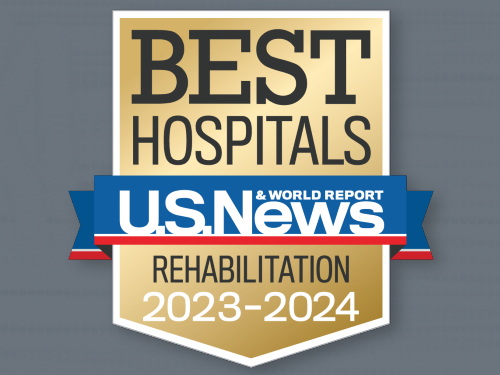For the last 14 years, brain injury experts from around the country have attended the Galveston Brain Injury Conference to address current topics in brain injury treatment and research. In 2013, 50 clinicians, researchers and policymakers focused on brain injury as a chronic condition.1 This year’s conference, an invitation-only gathering held in April 2014, was a continuation of that discussion, with results to be published later this year.
“Last year we noted that to change current rehabilitation practice to address brain injury as a chronic condition, we’ll need to develop a structured system to ensure long-term follow-up and care,” says Mark Sherer, Ph.D., ABPP, FACRM, director of research at TIRR Memorial Hermann and a clinical professor of physical medicine and rehabilitation at Baylor College of Medicine and McGovern Medical School at UTHealth. “We also came to the conclusion that the sheer number and complexity of brain injury-related problems make developing guidelines a daunting task.”
We put together a list of recommendations for moving toward a chronic care model for brain injury care, emphasizing the importance of developing clinical guidelines for long-term follow-up.
Conference participants came up with a Top 10 list of issues for guideline development: surveillance, case management, cognition, headaches, depression/anxiety, irritability/aggression, function, driving, sleep and social supports. Based on their extensive clinical experience in following individuals with brain injury over time, they identified two major problems: lack of knowledge about brain injury among primary care providers in the community and lack of knowledge on the part of individuals with brain injury and their caregivers about community resources and self-management strategies.
“We put together a list of recommendations for moving toward a chronic care model for brain injury care, emphasizing the importance of developing clinical guidelines for long-term follow-up,” Dr. Sherer says. “We also focused on ways to improve communication between primary care providers and specialists. Most individuals with brain injury are seen by family practitioners in the community, many of whom have limited training in providing care for traumatic brain injury. When patients with brain injury are discharged from inpatient rehabilitation, we encourage physical medicine and rehabilitation specialists to facilitate the smooth transition of the patient to the care of a community physician within a month of discharge, with a follow-up appointment scheduled within six months. Ongoing communication between the two physicians is also important over the long term.”
The conference report also recommended that PM&R specialists anticipate the long-term needs of patients with brain injury and plan for future complications, including depression, a common problem. It encourages them to be prepared to make recommendations for community integration that can be implemented at a later stage of recovery, including programs that facilitate a return to work or other activities.
“One of our major goals at TIRR Memorial Hermann is to develop better long-term care for people with traumatic brain injury,” Dr. Sherer says. “For most patients, the inpatient rehabilitation experience is a pivotal transitional moment when family, caregivers and clinicians provide the support the individual needs to access the community and engage fully in life. We want to ensure that support continues for brain injury patients after discharge.”
1 Malec, JF, Hammond FM, Flanagan S, Kean J, Sander AM, Sherer M, Masel BE. Recommendations from the 2013 Galveston Brain Injury Conference for Implementation of a Chronic Care Model in Brain Injury. J Head Trauma Rehabil, 2013;28(6):476-83.
